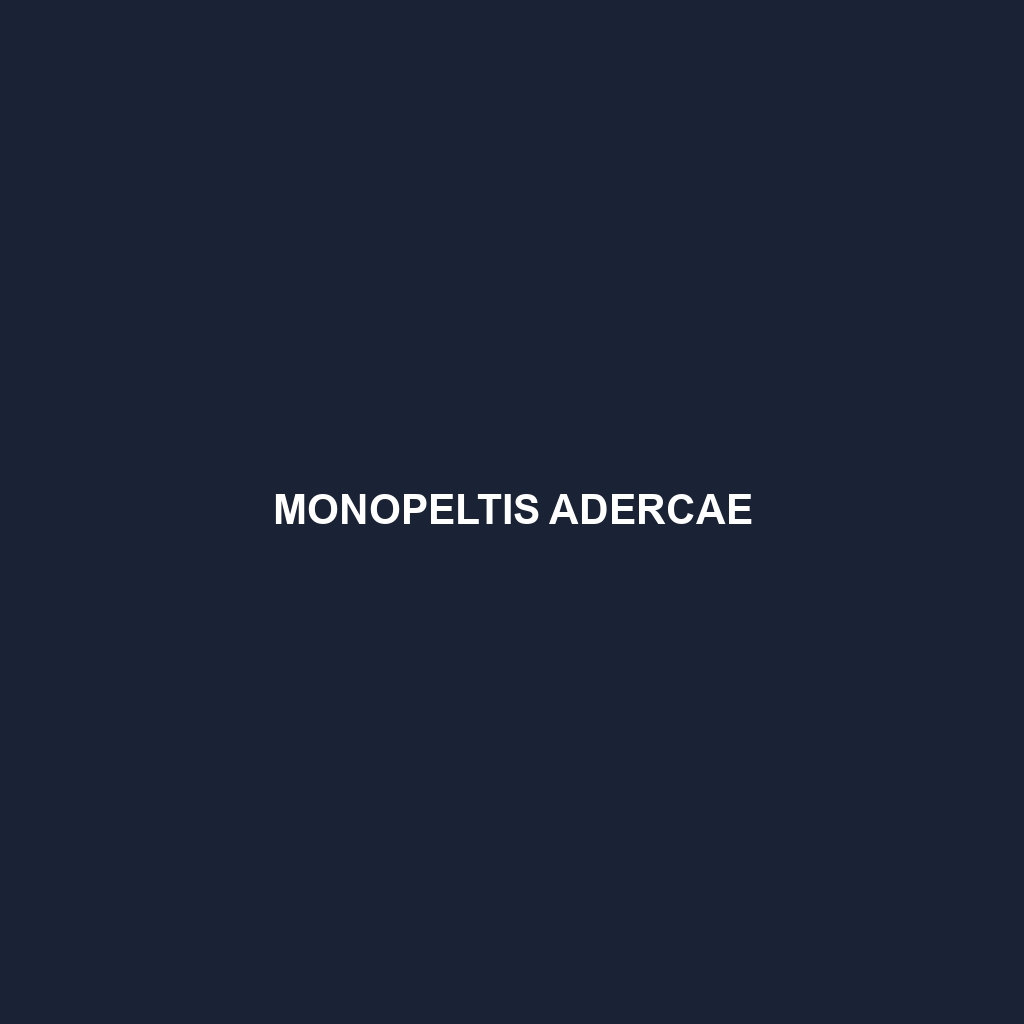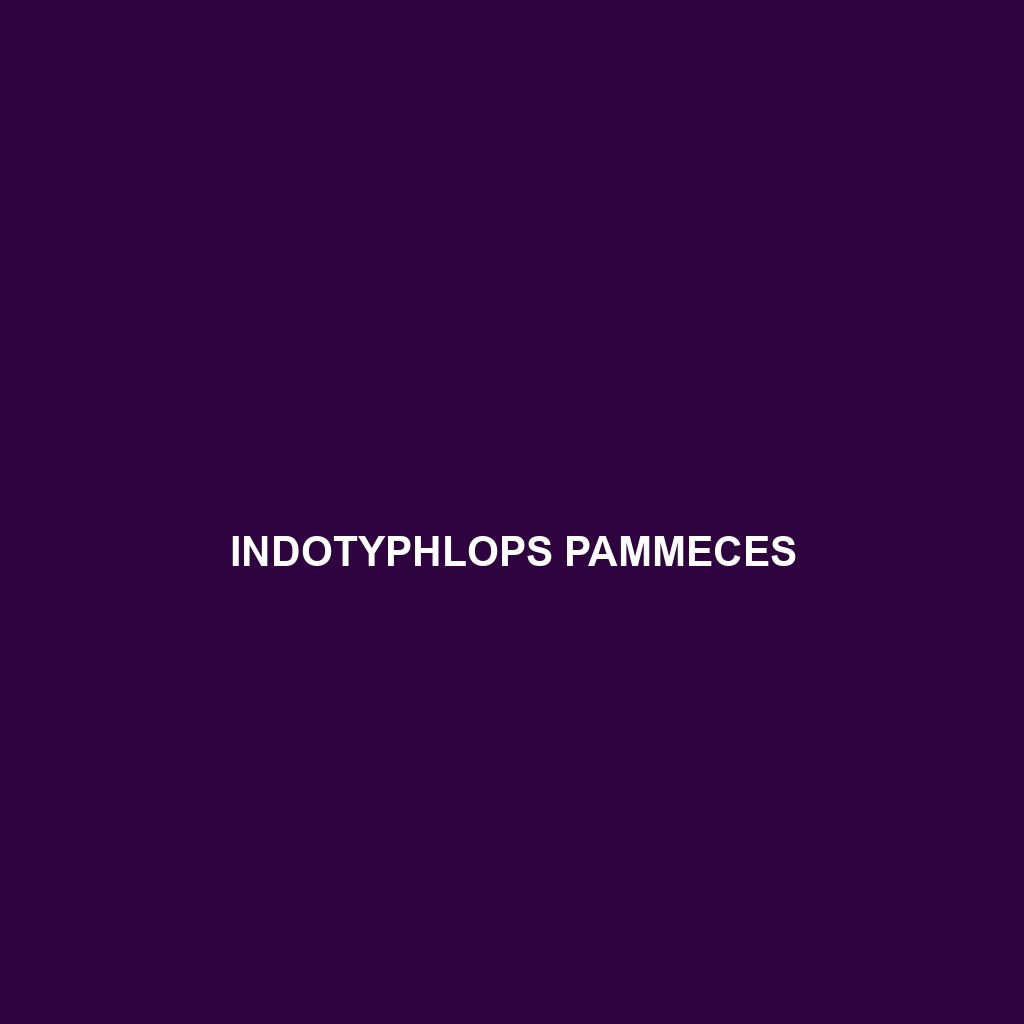Discover the fascinating Monopeltis adercae, an insectivorous species native to Southern Africa's savannas and dry woodlands, recognized by its elongated, smooth body and nocturnal foraging behavior. This remarkable creature plays a vital role in its ecosystem by regulating insect populations and aerating the soil through its burrowing activities.
Tag: burrowing animals
Lerista vermicularis
Discover the fascinating Lerista vermicularis, commonly known as the worm skink, a small, limbless reptile thriving in Australia's sandy environments. With its unique burrowing behavior and insectivorous diet, this skink plays a crucial role in maintaining ecological balance within temperate forests and savannas.
Lerista lineopunctulata
<p><b>Lerista lineopunctulata</b>, commonly known as the lined skink, is a slender, medium-sized skink found in the temperate forests and savannas of southeastern Australia, distinguished by its smooth, bronze or light brown body adorned with dark stripes and reduced limbs. Active during the day, this insectivorous species plays a crucial role in regulating insect populations while serving as both predator and prey in its ecosystem.</p>
Indotyphlops pammeces
Introducing the Indotyphlops pammeces, also known as the Indian blind snake, this insectivorous species thrives in tropical regions of the Indian subcontinent and is distinguished by its slender, smooth-bodied appearance and specialized adaptations for a subterranean lifestyle. With a diet primarily consisting of ants and termites, it plays a vital role in controlling insect populations and maintaining soil health in its ecosystem.
Gopherus morafkai
<p><b>Gopherus morafkai</b>, or the Mojave desert tortoise, is a vulnerable species native to the arid regions of the southwestern United States, characterized by its dome-shaped shell, herbivorous diet, and ability to dig extensive burrows that support the desert ecosystem. These tortoises thrive in diverse vegetation and play a crucial role as a keystone species, promoting biodiversity within their habitat.</p>
Eublepharis macularius
<p><b>Eublepharis macularius</b>, commonly known as the leopard gecko, is a medium-sized, nocturnal lizard from South Asia, recognized for its vibrant yellow and black spotted pattern. An adaptable insectivore, this resilient reptile thrives in various habitats and can live up to 20 years in captivity, making it a popular pet choice.</p>
Brachymeles makusog
Brachymeles makusog, also known as the "fast skink," is an endangered species native to the tropical forests of Mindanao, Philippines, characterized by its sleek, dark brown to black body, short limbs, and ability to swiftly navigate through leaf litter. This nocturnal skink plays a vital role in its ecosystem by foraging on invertebrates and maintaining the balance within its habitat.
Antillotyphlops granti
Introducing Antillotyphlops granti, or Grant's blind snake, a slender, nocturnal species native to the Caribbean, primarily found in Puerto Rico and the Virgin Islands. With its degenerated eyes, it thrives underground, feeding on small invertebrates and playing a crucial role in maintaining ecological balance.
Anniella grinnelli
<p>The <b>Anniella grinnelli</b>, also known as Grinnell's legless lizard, is a slender, elongated reptile found in California and Baja California, thriving in sandy habitats. With its smooth scales, fossorial behavior, and diet of small invertebrates, this unique legless lizard plays a crucial role in maintaining ecological balance.</p>
Swift Fox
Discover the fascinating world of the Pale Fox (*Vulpes pallida*), a remarkable canid thriving in North Africa's arid deserts. With its unique physical traits, nocturnal behaviors, and crucial role in the ecosystem, this small yet resilient creature showcases incredible survival adaptations. Explore its habitat, diet, and conservation status in our latest blog post.









